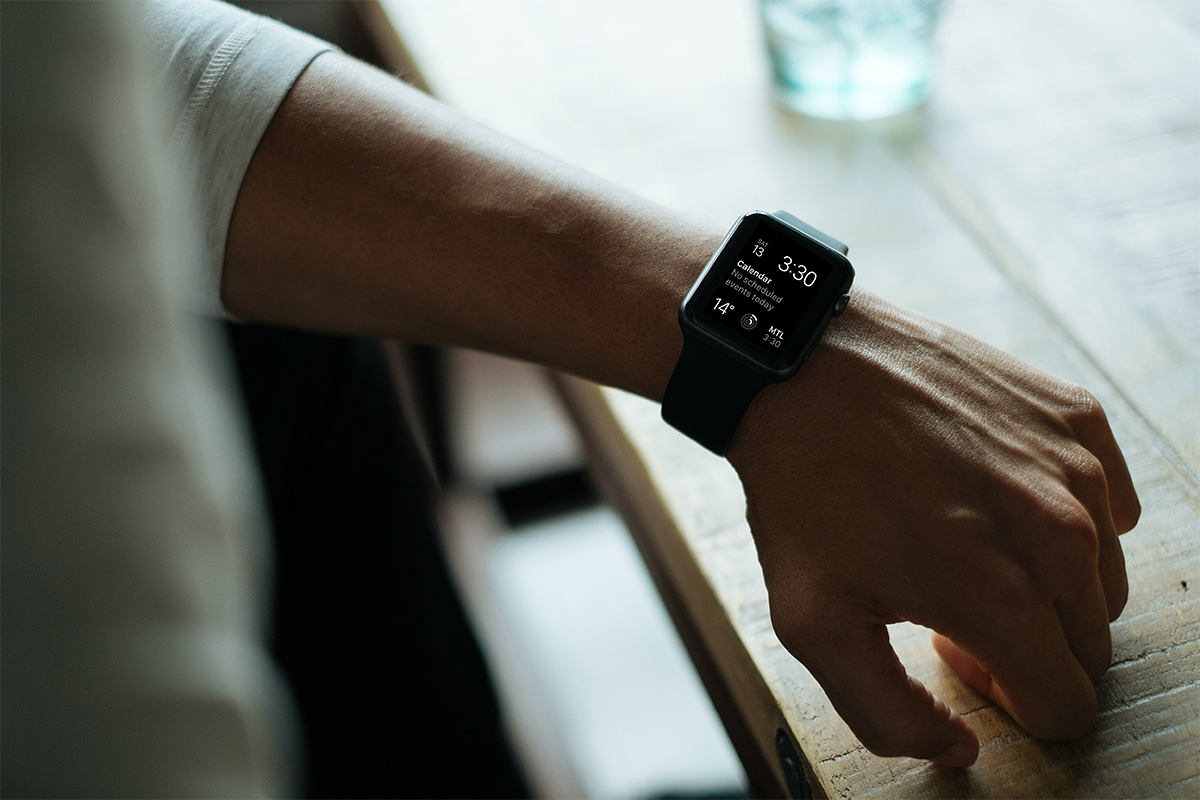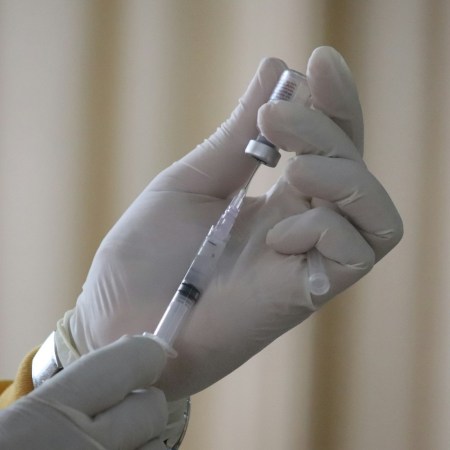When we spoke with Will Ahmed earlier this year, the WHOOP founder had a surprising answer for what excites him most about his brand’s wearable technology: “All our research around respiratory rate,” he said. “We’ve demonstrated that an elevated respiratory rate can predict COVID-19. We’ve had thousands and thousands of people use WHOOP as an early indicator for COVID-19, which is amazing.”
WHOOP bands, along with Fitbits and Apple Watches, are able to catalogue a bevy of biometrics. That includes the aforementioned respiratory rate, along with resting heart rate, heart rate variability and even (in newer models) blood oxygen levels and skin temperature. All told, the figures can paint a pretty compelling picture of what sort of shape you’re in on a given day — and that can prove critical if you’re concerned you’ve caught the COVID virus or are feeling unwell at the advent of flu season.
Recent research corroborates that wellness wearables — once seen as clunky, dubious and an invasion of privacy — might one day become necessary, everyday health monitors.
A Duke University team conducted a human challenge trial, in which 50 volunteers were purposely exposed to various cold viruses: namely H1N1 influenza and human rhinovirus. After the time of exposure, wearing Empatica monitors on their wrists, participants reported their symptoms twice a day. The researchers, meanwhile, took measurements once a day of how much virus the volunteers were “shedding” into their environments.
Together, this data allowed the authors to write an algorithm that could predict A) whether a person was infected, and B) if so, how severe that infection was going to be. Though the study was admittedly small, the results were extremely impressive. The algorithm diagnosed the flu with 92% accuracy and the rhinovirus with 88% accuracy. On a “mild” to “moderate” scale for infection severity, the algorithm’s predictions were 90% accurate for the flu and 89% accurate for the rhinovirus.
Going forward, there could very well come a time where we can use wearable technology to “forecast” incoming colds, without having to wait for big-time symptoms to arrive. It’s an invaluable asset, and one that could have you treating yourself a little better — sleep in, take cold medication early, drink more water and less alcohol — and your colleagues a little better, too. In a post-pandemic world, gone are the days of sniffling through a workday. An early diagnosis would make sure you’re well aware of what you’re carrying, well before everyone else has to carry it to.
Not bad for some tech that you only bought to track your steps.
The Charge will help you move better, think clearer and stay in the game longer. Subscribe to our wellness newsletter today.


















